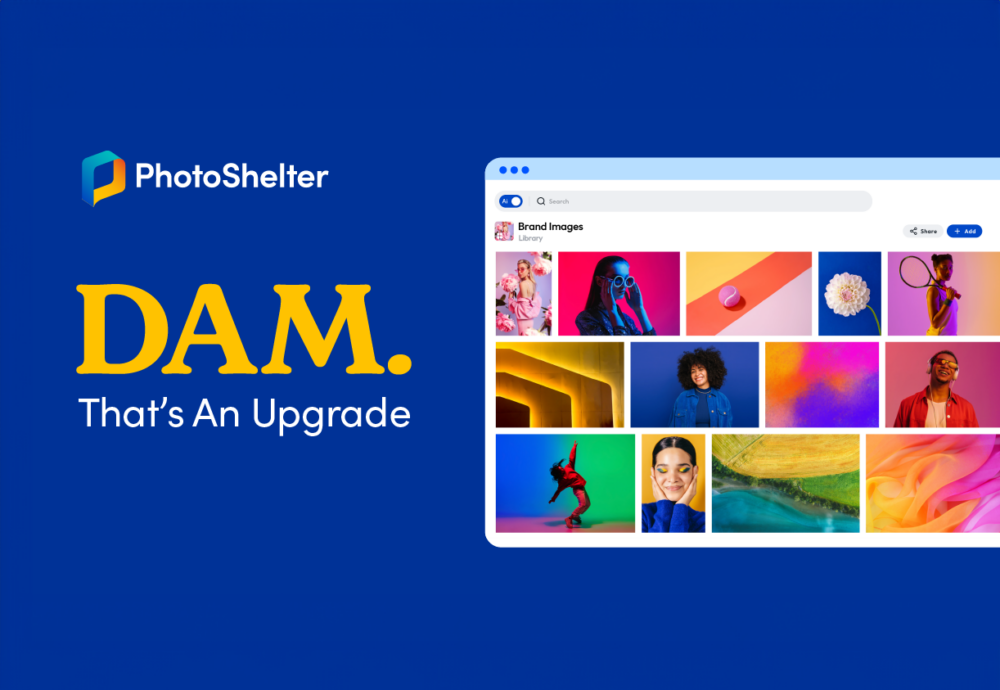With in-person events occurring far and few between over the past year, screen fatigue has settled in. In the world of business, what it has shown us is the importance of building and maintaining connections, expanding the conversation and fostering community. Virtual events play a part in that strategy, and for us at PhotoShelter, bringing many minds together and providing a space for knowledge sharing is what our business — in person or online, is all about. We’re all in.
After creating these three virtual summits over the past 12 months (and most recently, the 20/21 Vision: The Workflow Summit), I’ve put everything that I’ve learned into a guide to help you plan and execute your next virtual event seamlessly! While creating this guide, there were definitely some things I learned that I wish I knew before planning a Summit – pre, during, and post event.
What I Wish I Knew Pre-Event
- To extensively test all of the software/platforms before the event.
- This is extremely important, and even if you think you’ve tested your platforms (in our case, we used GoToWebinar, Slack, and Zoom) you may have missed a few things. Be sure to test all the platforms (across all web browsers!) with your team and have some team members enter a practice webinar, testing user experience and interface.
- To pay for a project management tool.
- To easily keep track of deliverables, planning, content development, and more. We were able to keep track of these things with Google Sheets and a Content Calendar, but it would have been helpful and more efficient for ease of communication across the team to have everything… in one central location to track and manage all the moving pieces in the event planning process.
What I Wish I Knew During the Event
- To download and/or pay for a transcription service.
- Having a transcription service would have been really helpful for us to have all of the transcriptions from each summit session available immediately after the event. This way, we could create soundbites and graphics to post across social and share with our speakers after the event.
- You may need a backup computer if all else fails.
- In case you didn’t know, using two video platforms at the same time may crash your computer..! In our last event, we elevated our user experience by partnering with a creative agency, VoiceInShape, to “live scribe” each session in real time. They were working in Zoom, while our speakers were in GoToWebinar. Having both active at the same time crashed my computer (thankfully, 5 minutes before starting ) and I luckily had my personal computer nearby. If you happen to do something similar, I hope you can learn from my mistake!

What I Wish I Knew Post-Event
- To track all of your event assets.
- Any posts from speakers, internal stakeholders, or anyone else that promoted your event should be tracked (views, likes, comments and shares). For us, our design team created many different assets to be shared for each event. It’s helpful to know what performed well, and what didn’t so your team can be mindful of visual assets for your next event. Implement UTMs across assets shared as well so you can track performance of your posts and your partners on Google Analytics.
- To create compelling deliverables and assets to give speakers afterwards to promote their sessions.
- One thing you don’t want to do after hosting a virtual event is not do anything with the content you spent so much time creating. One way to avoid this is to have your design team create some shareable asset templates for your speakers (preferably before your event!). You want to expand the reach of your content, and what better way to do that by having your high level speakers sharing their performance with their networks!
I hope these troubleshooting tips help you preempt potential pitfalls before you plan or host your next virtual event, but this is just a snapshot of everything I’ve learned.
After hosting 3 full-day virtual summits during the pandemic, I’ve compiled all my learnings and insights into our new Ultimate Events Checklist guide. Download it today and share it with your team or a colleague it could help.




